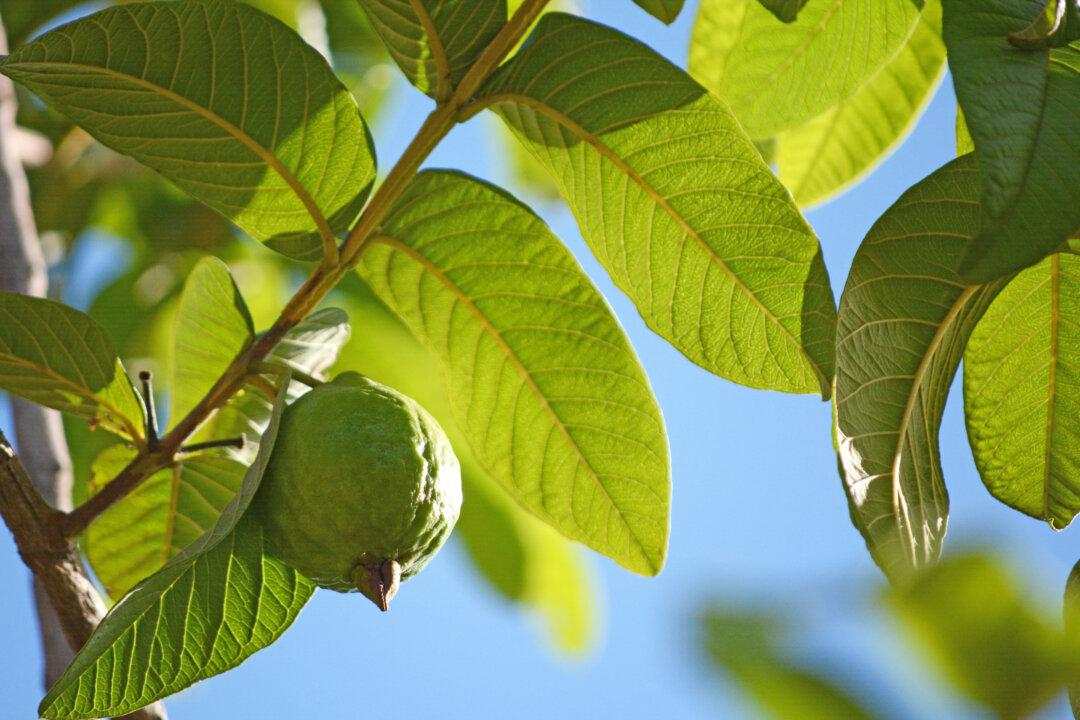Seeds—as the starting point for growing rich, thriving plants—are a source of complex nutrition. They deliver fiber and a formidable list of good fats and nutrients with tremendous value for our health and well-being.
They are rich in minerals, vitamins, and antioxidants that protect the plant DNA from oxidative stress and help perpetuate the species. They also contain beneficial components in the endosperm to sustain the embryo’s growth.





